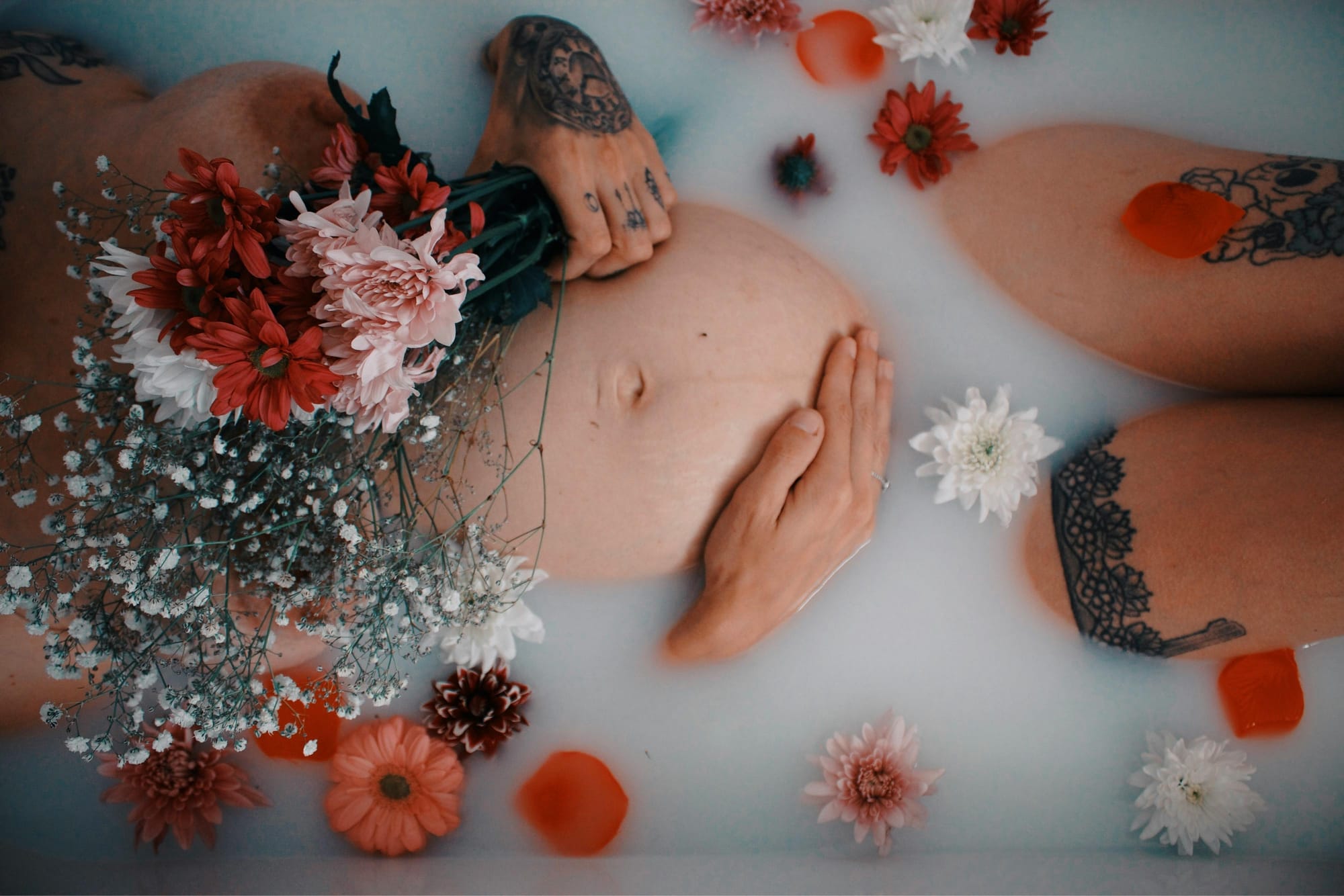Pregnancy changes your body in many ways, and sometimes, those changes can bring discomfort. One common issue is joint pain, which tends to get worse as pregnancy progresses, especially in the second and third trimesters. The good news is that there are safe and effective ways to ease the pain.

Where Does Joint Pain Happen?
During pregnancy, certain areas of your body are more likely to feel sore:
- Hips & Lower Back (Sacroiliac Joint): This area connects your lower spine to your pelvis. As your body changes, these joints can become strained and painful.
- Lower Back: The loosening of ligaments in the pelvic area puts extra stress on the lower back, leading to pain.
- Knees: Extra weight during pregnancy can put pressure on the knees, making them sore.
- Pelvic Joint (Pubic Symphysis): Some people feel pain in the center of their pelvis. In serious cases, the bones in the pelvis can shift too much, making it painful to walk.
What Causes Joint Pain During Pregnancy?
Doctors say that joint pain during pregnancy happens for a few key reasons:
- Hormones: Your body makes a hormone called relaxin that loosens joints and ligaments to prepare for childbirth. This can make joints feel wobbly or painful.
- Extra Weight: As your belly grows, your body carries more weight, which puts stress on your joints, especially in the lower body.
- Changes in Posture: The extra weight in the front of your body shifts your posture, leading to strain in your hips and back.
- Pelvic Changes: Your pelvis naturally widens to make space for the baby, which can cause discomfort.
- Other Conditions: In rare cases, pregnancy can lead to a condition where the bones in your pelvis separate too much, making movement very painful.
How to Relieve Joint Pain during pregnancy?
There are many safe ways to reduce joint pain during pregnancy:
1. Fix Your Posture. Standing and sitting up straight can help prevent strain on your joints. Try to keep your shoulders back and avoid slouching.
2. Wear a Belly Band. A belly support band helps take pressure off your lower back and hips by giving your belly extra support.
3. Stay Active with Gentle Exercise. Low-impact exercises like prenatal yoga, swimming, or Pilates help keep your muscles strong and reduce joint pain.
4. Change Your Sleep Position. Sleeping on your side with a pillow between your knees can help relieve back and hip pain.
5. Use Heat Therapy. A warm bath with Epsom salts or a heating pad on sore areas can help relax muscles and ease pain. Avoid putting heat directly on your belly.
6. Try a Prenatal Massage. A gentle massage from a trained prenatal therapist can help reduce tension and improve circulation.
7. Ask About Safe Pain Relievers. Some over-the-counter medicines like acetaminophen may be safe for occasional use during pregnancy. Always check with your doctor first.
Exercises to Help Prevent Joint Pain during pregnancy
Exercise is a great way to keep your joints strong and reduce pain during pregnancy. The key is to choose exercises that match your stage of pregnancy and avoid movements that strain your body. Here are some simple tips for each trimester:
First Trimester:
- Focus on strengthening your pelvic floor and core muscles to support your growing belly.
- Avoid stretching your joints too much since relaxin, a pregnancy hormone, makes them looser and more fragile.
- Try pelvic bracing exercises: Lie on your back with your knees bent and feet flat. Keep your lower back in a natural position and engage your lower abs and pelvic floor muscles while breathing deeply.
- Stay active with easy cardio like walking or swimming to keep your joints moving without too much strain.
Second Trimester:
- Keep strengthening your body with exercises like squats for leg support and arm rows for upper body strength.
- Pay attention to your posture as your belly grows. Adjust exercises to stay balanced and avoid putting extra pressure on your joints.
- Add gentle prenatal yoga or Pilates to stay flexible and strong, but avoid twisting your body too much.
Third Trimester:
- Relaxin levels rise again, so avoid exercises that put too much stress on your pelvic area.
- Focus on strengthening your pelvic floor and core muscles to support your growing belly.
- Adjust your exercises to work with your growing belly. A wider stance during squats or using a chair for balance can help.
- Stretch gently and do light resistance exercises to stay flexible and prevent stiffness as your due date gets closer.
When to See a Doctor?
Joint pain is common, but you should talk to your doctor if:
- The pain is getting worse or feels severe.
- It stops you from doing daily activities.
- You notice swelling, redness, or a fever.
Even if the pain is mild, mentioning it to your doctor can help you find ways to feel better and prevent further discomfort.
Final Thoughts
Pregnancy joint pain can be frustrating, but with the right care, you can find relief. By improving posture, using support gear, staying active, and practicing self-care, you can feel more comfortable and focus on enjoying this special time.
